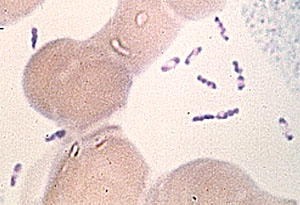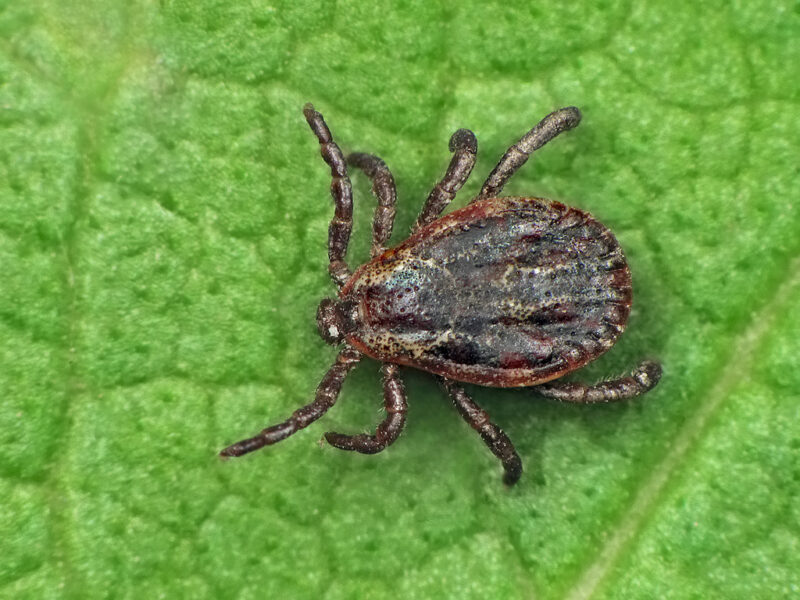After being rabies-free for 52 years, the virus resurfaced in Taiwan among ferret-badgers and has caused great panic around the island. On July 16, Taiwan’s Council of Agriculture (COA) announced that three dead ferret-badgers have been found infected with rabies since the middle of last year [1]. Since that announcement, new cases of infected ferret-badgers have been discovered all over Taiwan. As of August 5, 38 ferret-badgers and one Asian house shrew have tested positive for rabies in 7 different counties on the island, including Nantou, Taitung, Taichung, Tainan, Kaohsiung, Yunlin and Chiayi. According to the Centers for Disease Control, there have been no reports of human or dog cases [2]. Pet owners are being strongly encouraged to vaccinate their pets to reduce the risk to both the pets and people around them [3].
Rabies virus is an RNA virus (a virus that has ribonucleic acid as its genetic material) that can cause acute encephalitis (inflammation of the brain) in warm-blooded animals, including bats, monkeys, raccoons, foxes, skunks, cattle, wolves, coyotes, dogs, mongooses and cats. The virus usually presents in the brain and saliva of the infected animal. Rabies is most often transmitted through infected saliva (humans can get it through the bite of an infected animal); it is only rarely transmitted through aerosal transmission, corneal and organ transplants. Typically, the virus moves from the site of the bite wound to the peripheral nervous system (nervous system that does not include the brain and spinal cord) and then slowly advances to the central nervous system (brain and spinal cord) [4]. Therefore, the incubation period of rabies could last months, during which period the patient can be asymptomatic, or without symptoms. The disease is highly curable if postexposure prophylaxis is administered within 10 days after exposure [5]. Once symptoms begin, the mortality rate is over 99% with no effective treatment.
Taiwan was held as a model for rabies elimination by health organizations due to its earlier achievement in controlling the disease in 1950s. In the early 20th century, there were only sporadic cases of rabies in Taiwan. In 1948, rabies turned into an epidemic, peaking in 1951 with the deaths of 238 people. As a result of the epidemic, COA and the Taiwanese Ministry of Health rolled out a series of control programs in 1956. These programs, aided by the U.S. government, included the removal of stray dogs and vaccination of domestic animals. The last human case of rabies died on December 28,1958 and the last animal case died on March 8, 1959. In 1961, Taiwan was declared rabies-free by WHO. [6]
The reemergence of rabies after half a century is particularly troublesome to many healthcare officials because of how widespread the cases are and the involvement of a new species becoming infected. The captured Asian house shrew was the first rabies-infected shrew found in the world [7]. It indicates rabies in Taiwan starts to jump into other species that were not known to carry rabies. In other words, concern is emerging over a new niche that can host the virus without symptoms. Now Taiwan has included the shrew as a new species for surveillance.
Sources:
[1] http://www.chinanews.com/tw/2013/07-17/5051553.shtml
[2] http://www.chinadaily.com.cn/china/2013-08/05/content_16870226.htm
[3] http://www.taipeitimes.com/News/taiwan/archives/2013/08/03/2003568831
[4] Cotran RS, Kumar V, Fausto N (2005). Robbins and Cotran Pathologic Basis of Disease (7th ed.). St. Louis: Elsevier/Saunders. p. 1375. ISBN 0-7216-0187-1.
[5] Drew WL (2004). "Chapter 41: Rabies". In Ryan KJ, Ray CG (editors). Sherris Medical Microbiology (4th ed.). McGraw Hill. pp. 597–600. ISBN 0-8385-8529-9.
[6] http://cm.health.gmw.cn/2012-12/13/content_5999150_2.htm
[7] http://www.taipeitimes.com/News/front/archives/2013/07/31/2003568568

